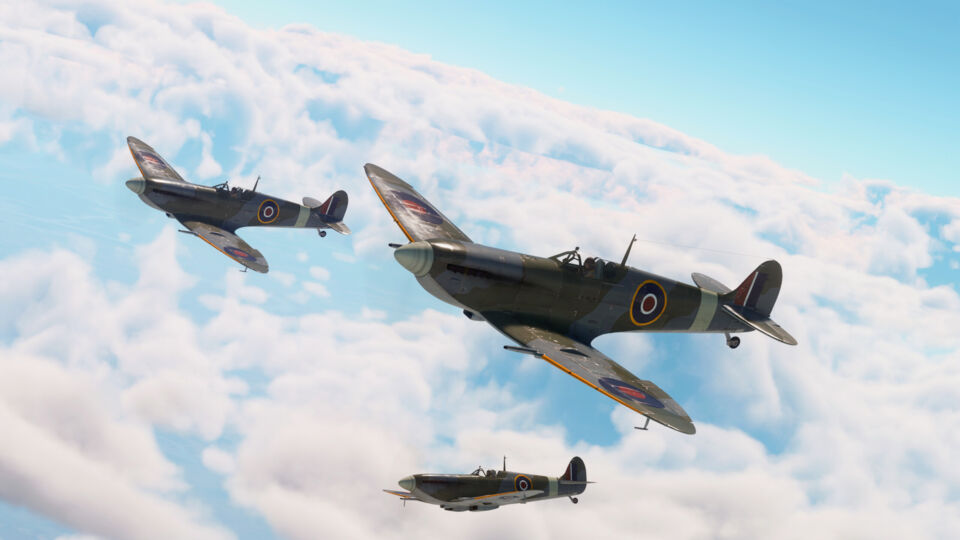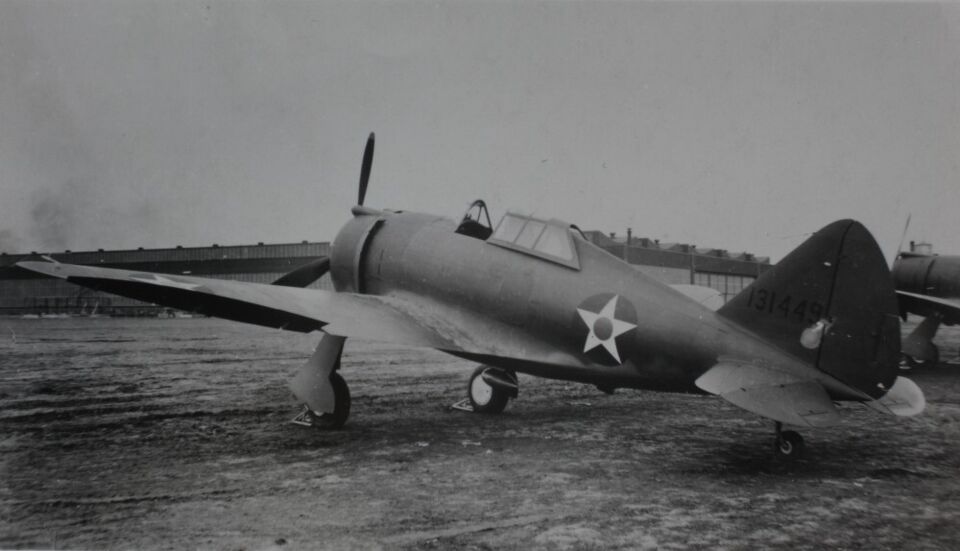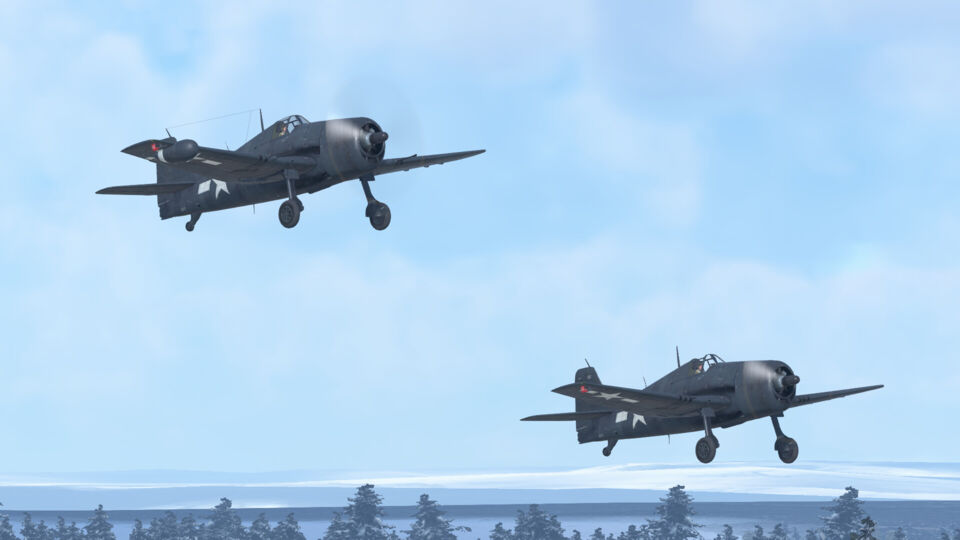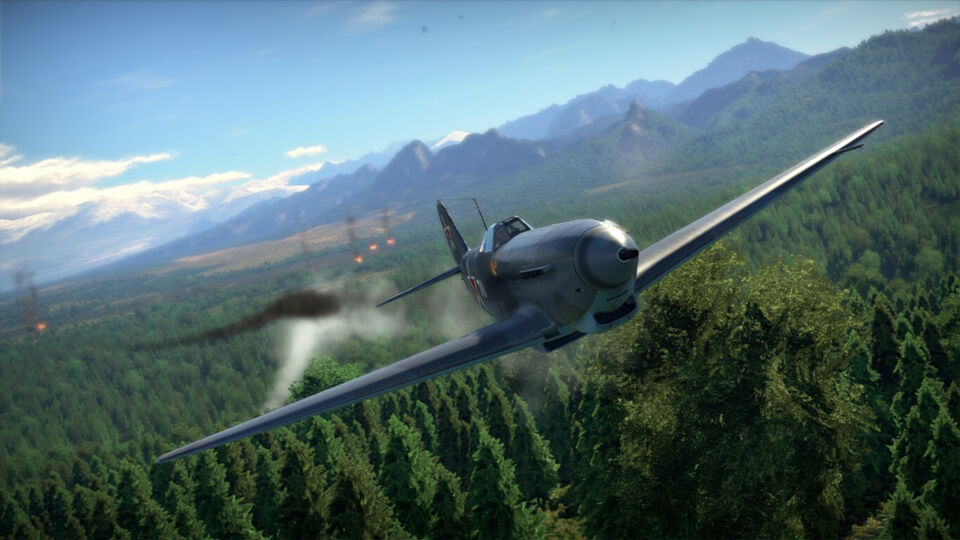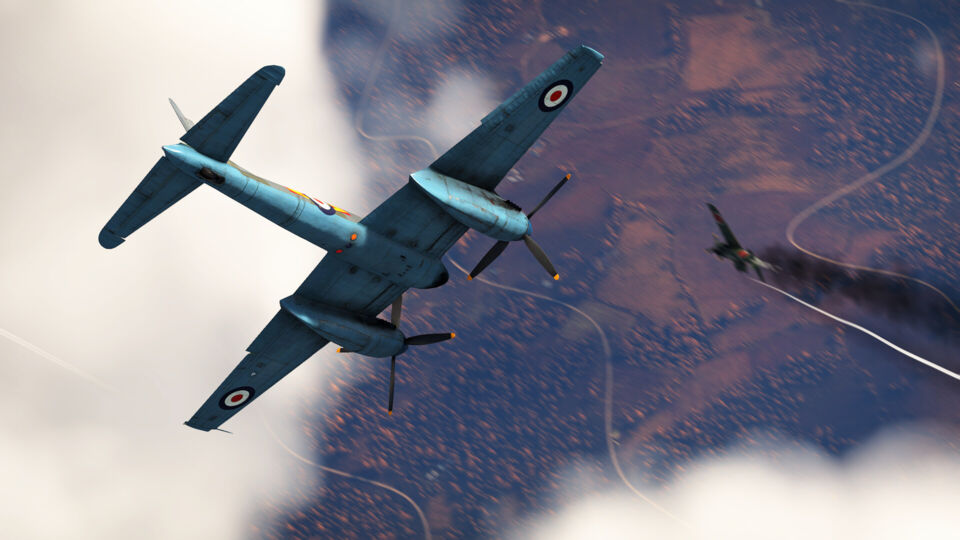#fighters
The Supermarine Spitfire is one of the most famous propeller aircraft ever made, and easily one of the best of its time. Initially a high performance, short range interceptor, the Spitfire could be found fighting in every theatre of the World War II. In War Thunder, its high speeds, unparalleled maneuverability, and heavy armament make it a pleasure to fly and a force to be reckoned with. In this article, I will be talking about the two main types of Spitfires, their strengths and weaknesses, as well as tactics, how to fight common enemies, and how to use this plane in battles.
The Republic P-43 Lancer, introduced in 1940, was a transitional American fighter that bridged the gap between prewar designs and the more advanced aircraft of World War II. It offered respectable high-altitude performance for its time, along with decent armament, similar to its more popular successor, the P-47 Thunderbolt. The P-43 provided valuable experience in high-altitude operations and combat testing, with some serving in China under the American Volunteer Group and later the Chinese Air Force.
Back in WW2, the Finnish air force had to rely on foreign planes for the war such as the Fokker D.XXI, F2A, Bf 109Gs and Fiat G.50. Although using these planes was cheaper, the Defense Council decided to produce a local fighter in order to lessen reliance upon foreigners. This led to the VL Myrsky (translates as Storm), the first domestically produced Finnish fighter. Although the VL Myrsky had worse performance than other contemporary aircraft such as the Yak-9s and Bf 109Gs, the VL Myrsky still served in the Finnish air force with reconnaissance and ground attack missions. Added in the Summer Landing 2021 event, the VL Myrsky II remains a rare example of the few Finnish aircraft in the game.
The Grumman F6F-5 Hellcat, introduced in 1944, marked the peak of the Hellcat’s development, featuring a more powerful R-2800-10W engine, aerodynamic refinements, and the ability to carry bombs and rockets in addition to its six .50 caliber machine guns. Renowned for its durability and combat effectiveness, it secured Allied air superiority in the Pacific. Its night-fighter variant, the F6F-5N, carried the AN/APS-6 radar in a wing-mounted radome and paired four .50 caliber machine guns with two 20 mm cannons, giving U.S. forces the ability to hunt enemy aircraft at night and extending the Hellcat’s dominance into night operations.
VL Myrsky (“VL Storm”) is a Second World War-era Finnish fighter aircraft, designed and built by Valtion Lentokonetehdas (“the State Aircraft Factory”). It is the only domestically designed fighter aircraft to enter mass production, and was an attempt to modernize and increase the capabilities of the Finnish fighter fleet to better prepare for the war looming around the corner. Ultimately, the entire aircraft experienced considerable delays caused by world politics and difficulties in obtaining proper engines, making it a “too little, too late project” to protect the skies over Finland during the war years.
The Su-27 is a fourth-generation Soviet fighter jet developed by the Sukhoi Design Bureau to achieve air superiority. It first took to the skies in 1977 and entered service in 1985. Created as a response to the American F-15 and F-14, the Su-27 was distinguished by its long range, high maneuverability, and ability to engage in air combat at both long and short ranges. It became the basis for further modifications, in particular the Su-30, Su-33, Su-34 and Su-35. The Su-27 is still in service in many countries and is considered one of the most successful developments of Soviet aircraft manufacturing.
The P-51C-11 “Evalina”, named after the girlfriend of 1st Lt. Oliver E. Strawbridge, was captured by Japanese forces in China on 16 January 1945 while being flown by 2nd Lt. Sam McMillan. As the first fully functional P-51 to fall into Japanese hands, it was quickly repaired and transported to Japan for extensive evaluation, including performance trials and mock dogfights against domestic fighters. Evalina became a valuable tool for developing counter-strategies against the Mustang, one of the few Allied aircraft tested this thoroughly by Japan. Eventually, her generator failed during training, and with no replacement parts available, she was abandoned and reportedly bulldozed into a lake before the war’s end.
The Hornet is a British single-seat two-engine heavy fighter developed by de Havilland as a successor to the iconic Mosquito. Entering service in 1946, it had outstanding performance for a piston-engine aircraft. However, it was too late to fight in WW2 and was doomed to be outclassed by jet-powered fighters in the new era of aviation. Nevertheless, the plane participated in the so-called Malayan Emergency as a ground striker. In this article, we will look at the Hornet’s characteristics, playstyle, and how to use it properly.
